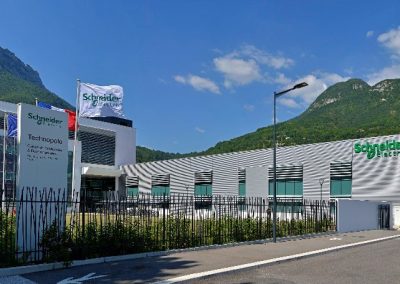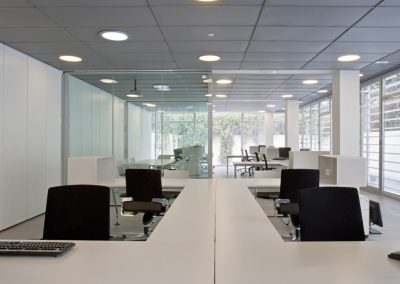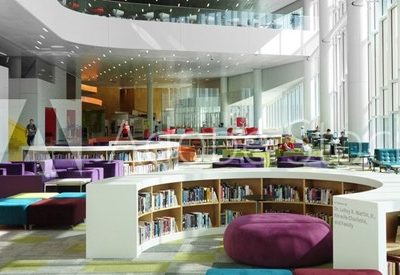Analyzing operational energy consumption in a large UK university
Action: Application of our energy optimization software to analyze operational energy consumption and reduce mass wastage within the university for net zero reporting.
Outcome: Through in-depth data analysis and reporting, Our Energy Optimization Suite (EOS) demonstrated a potential carbon saving of around 31% for the university and generated bespoke energy conservation measures to reduce this effectively.
Background
The university first approached arbnco to help with some key challenges: quickly identifying potential compliance route options, assessing costs and at the same time identifying further carbon saving opportunities. In the race to become one of the UK’s first net zero universities and to comply with government legislation, they needed a tool which could determine ways to reduce both costs and energy at scale. The university needed data-driven insights to be able to demonstrate their contribution and determination to achieving their net zero strategy.
Generating deep, insightful energy conservation measures to help a leading UK university achieve their net zero goals
The capability to analyze the university’s energy consumption and make recommendations at scale made arbnco the unique and best choice for the university. Their ambitious goals to reach net zero before 2050 meant they needed to act on their intentions fast and begin to adopt measures across all campuses.

arbnco inputted the university’s consumption interval data into our Energy Optimization Suite (EOS) to baseline the performance of each of their campus buildings. By providing such detailed data, our EOS was able to deliver deep insight into consumption patterns and behaviours.
The data was uploaded to our platform for analysis and the following three reports were automatically generated:
• Data Verification Report – Assessment of data quality in the building model
• Disaggregation Report – Summary of consumption separated into heating and cooling,
lighting, small power, miscellaneous and the baseload (5 different types of energy consumption)
• Energy Conservation Measures Report – Overview of individual improvement options
To operate at such scale as needed by a university, our EOS optimized the following opposing objectives: energy, cost, and comfort, and considered various constraints for automatic, multi objective, and thorough retrofit scenario evaluation. After Energy Conservation Measures were generated and recommendations for action were outlined, the arbnco platform was then used as a central repository of all the university’s building data and supporting documents across their campuses. The EOS also provided the functionality to filter down to individual property level detailing the address, total usable floor area, activity type and EPC rating. In addition to this, a summary of all building zones was designated within the energy model, their associated lighting, heating systems and areas.
Outcomes
The university was provided with a register of potential energy projects to feed into the wider carbon reduction program across the campus. The total potential carbon saving was around 31%. In addition, the deployment of our EOS to analyze operational energy consumption at scale enabled:
• Carbon savings of 112 tons which supported the university’s Carbon Management Plan
• Enhanced resilience
• Government legislation compliance achieved quickly and cost effectively with no capital works

You may also like
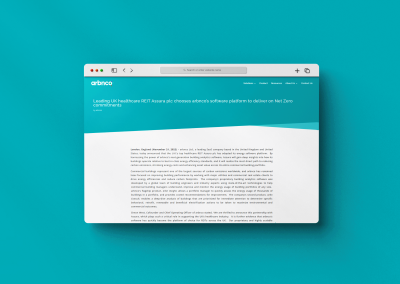
Leading UK healthcare REIT Assura plc chooses arbnco’s software platform to deliver on Net Zero commitments
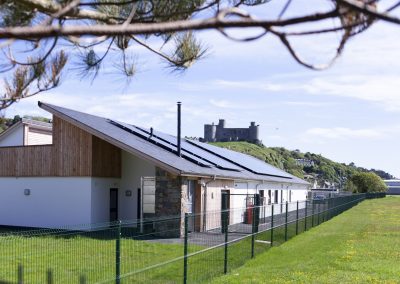
How arbnco’s portfolio assessment platform improved EPCs across Assura’s UK portfolio of healthcare premises
